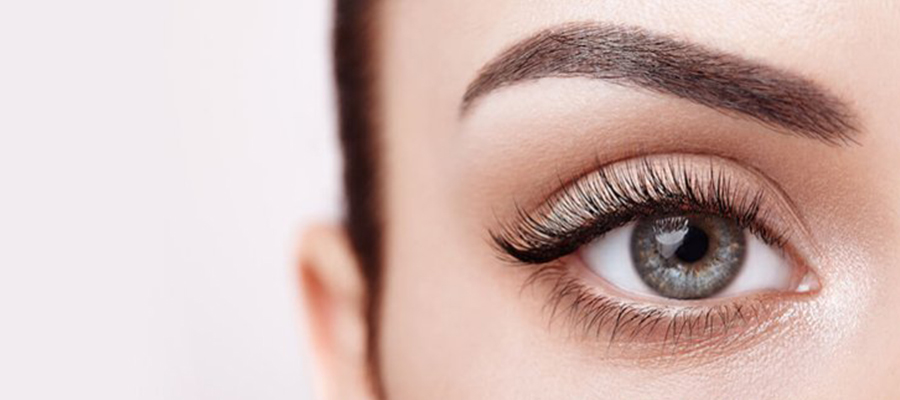
Estimated reading time: 3 minutes and 22 seconds
Almond Eye Aesthetics
Today, developments in aesthetics and health issues help many people feel better and gain more self-confidence. As part of these developments, almond eye aesthetics has become a cosmetic surgery procedure that has gained popularity in recent years. Almond eye surgery is a procedure that removes the fatty tissue around the eyes, resulting in a younger and more vigorous appearance. To understand why this surgery is important and why it is preferred, let’s start by answering the question of what is almond eye surgery.
What is Almond Eye Aesthetics?
Almond eye aesthetics surgery is a surgical procedure performed to solve aesthetic problems such as bagging around the eyes, dark circles or droopy eyelids, especially due to signs of aging, insomnia or genetic factors. In this surgery, the surgeon removes excess fatty tissue around the eyes and stretches the skin tissue so that it is tighter. As a result, the eyes have a younger and fresher appearance.

Almond Eye Aesthetics
Is Almond Eye Aesthetics Surgery Permanent?
The results of almond eye aesthetics surgery are usually permanent. The aging process will of course continue, but the rejuvenating effects achieved after surgery last for a long time. Therefore, many people who have almond eye surgery are satisfied with the results in the long term.
Is Almond Eye Aesthetics Risky?
As with any surgical procedure, almond eye aesthetics surgery carries certain risks. However, these risks are generally low and can be minimised when performed by an experienced surgeon. Possible risks may include infection, bruising, swelling, vision problems and, in rare cases, eyelid irregularity. A detailed pre-operative examination and following your doctor’s advice is the best way to minimise the risks.
Are There Scars After Almond Eye Aesthetics?
Scars after almond eye surgery are usually minimal and heal over time. Surgeons usually make incisions following the natural folds of the eyelids, which hides the scars. How prominent the scars will be depends on the person’s skin type and the healing process. It is important to follow your doctor’s recommendations to minimise scars.
What Should Be Considered Before Almond Eye Aesthetics?
Doctor Selection: The first step is to choose an experienced and expert surgeon. It is important to review your surgeon’s past work and references.
Examination and Evaluation: Before the surgery, your doctor will carefully examine you and evaluate whether the surgery is suitable for you.
Health Status: Your doctor may need to inform you about your health status before surgery and properly manage your chronic diseases, if any.
Smoking and Alcohol: Limiting or completely stopping smoking and alcohol use before and after surgery can speed up the healing process.
Medicines: It is very important to follow your doctor’s instructions. Some medications may need to be stopped before surgery.

Almond Eye Aesthetics
What Should Be Considered After Almond Eye Aesthetic?
Recovery Process: It is important to follow the postoperative recovery process seriously. Following your doctor’s recommendations can speed up the healing process.
Eye Care: You should do your eye care as recommended by your doctor to keep your eyes clean and protect them from infection.
Physical Activity: It is important to avoid heavy physical activity for a period of time after surgery. For a smooth recovery process, you should take care to rest for the period determined by your doctor.
Contact with Eyelids: Avoid touching your eyelids after surgery. Any contact can damage this area and increase the risk of infection.
Regular Check-ups: Regularly attending doctor appointments after surgery is important for monitoring your recovery.
Nutrition: Paying attention to a healthy diet can speed up your recovery process.
Glasses and Lens: Your doctor’s advice on the use of glasses and lenses is extremely important. Be sure to consult your doctor and find out when you can return to using them again.
Author: Aliye Ceyla Özbayoğlu
The following articles by our doctors may also be of interest to you:


 TR
TR